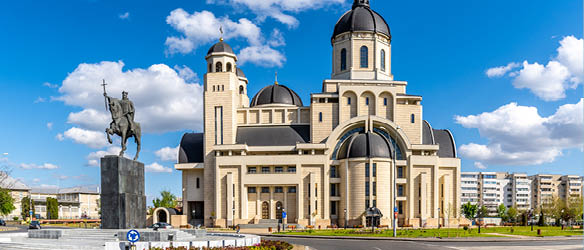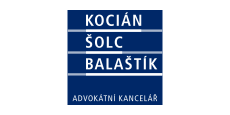MPR Partners has represented the Bacau Municipality in a dispute with CET SA over the Bacau district heating plant.
Jakub Krysa Joins Kochanski & Partners as Partner
Former Maruta Wachta Counsel Jakub Krysa has joined Kochanski & Partners as a Partner and the head of the Public Procurement practice and the Spanish Desk.
Agreca Law Firm Joins Arzinger
Transport and infrastructure boutique Agreca law firm has joined Arzinger, which now has two additional Partners – Andrii Pidhainyi and Maryna Sharapa.
Infrastructure Projects in Serbia – An Overview
Due to its strategic position in the heart of Southeast Europe and it being part of three important European corridors, Serbia can boast excellent connections to both Western Europe and the Middle East, and has a huge potential for public and private investments alike.
Yiannis Kantas Makes Partner at Koutalidis
Former Senior Associate Yiannis Kantas has been promoted to Partner with Koutalidis Law Firm's Public Procurement Law practice.
WKB Names Six Equity Partners, Three New Partners
Wiercinski Kwiecinski Baehr Partners Anna Flaga-Martynek, Marta Midloch, Marcin Smolarek, Maciej Szambelanczyk, Anna Wojciechowska, and Anna Wyrzykowska have become Equity Partners, while Counsels Agata Szczepanczyk-Piwek, Sergiusz Urban, and Jordan Zafirow have been promoted to Partner, as of January 1, 2022.
Wojciech Merkwa and Jakub Majewski Make Partner at JDP
Former Counsels Wojciech Merkwa and Jakub Majewski have been promoted to Partner at JDP Drapala & Partners, as of January 1, 2021.
































